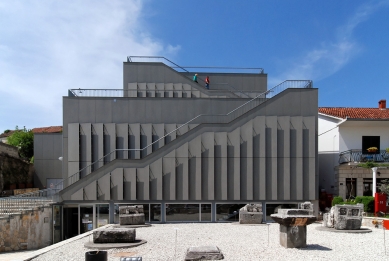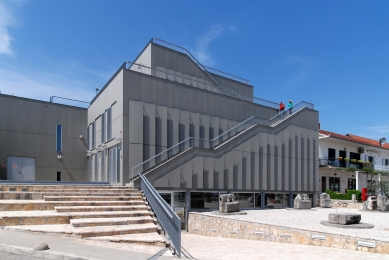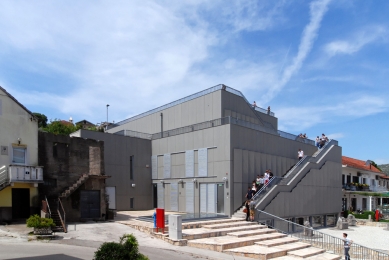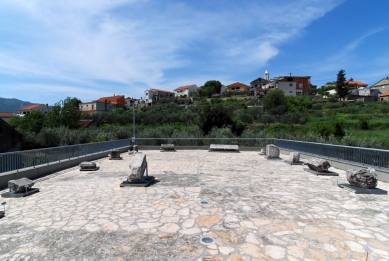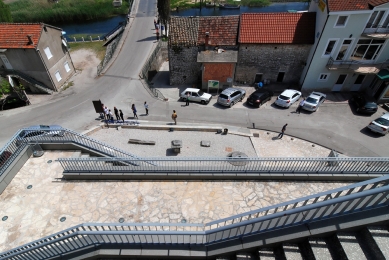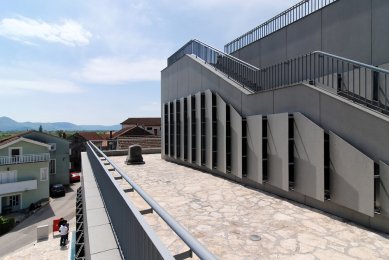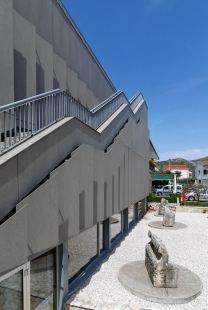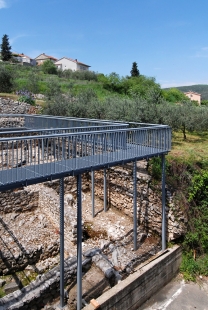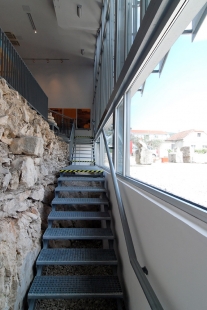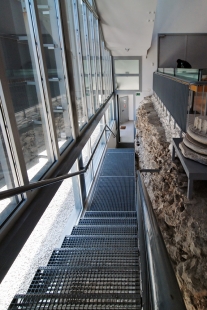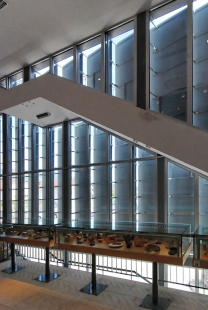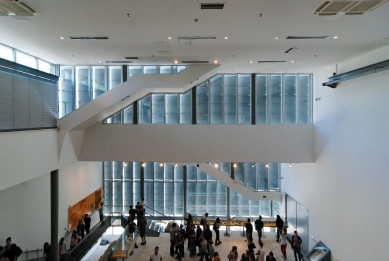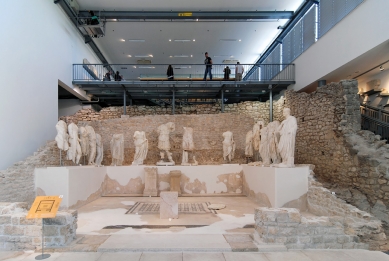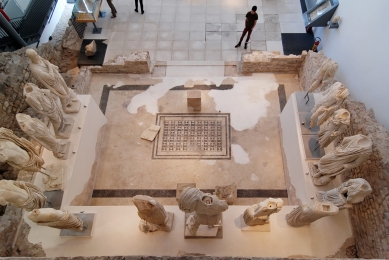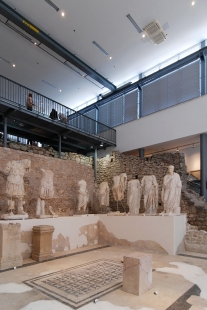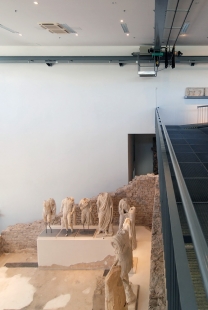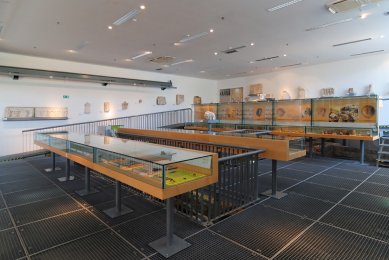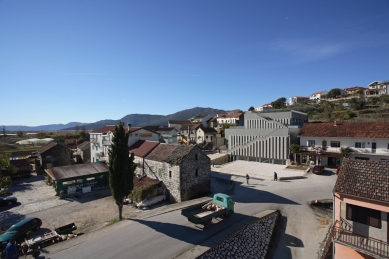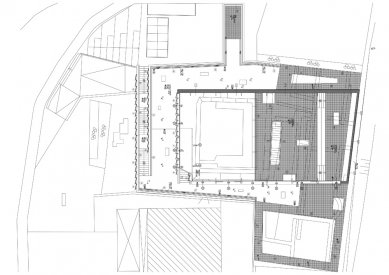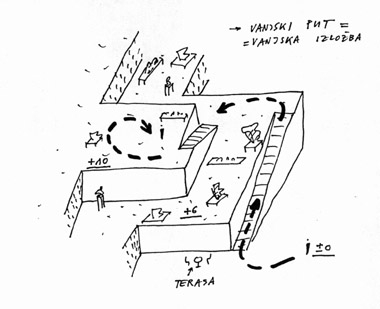
Narona Archaeological Museum

Archaeological research conducted at the Plećašove štale site in 1995 and 1996 led to a sensational discovery of the remains of a Roman temple – the Augusteum – and 17 marble statues, both outsized and in natural height. These finds inspired the idea of presenting this unique archaeological site in an integral fashion, including both architectural remains and other specimens of the ample archaeological materials.
The cornerstone of the future museum was laid on 19 July 2004. The Narona Archaeological Museum was established by a directive passed by Croatia's Government in 2005 and, after exceptionally demanding construction works, it was formally inaugurated on 18 May 2007 as the first in situ museum in Croatia. Such an approach to the presentation of an archaeological site has enriched Croatia's museum scene and has few peers at the European or even global level. Thus far, the Museum has received three awards, including the Vladimir Nazor Award conferred to architect Goran Rako for the Museum's design, the Cemex Award conferred to the contractor MGA of Metković for its construction efforts, and the Croatian Tourism Board's Blue Flower Award conferred to the Narona Archaeological Museum for its special contribution to enriching Croatia's tourism product.
The Narona Archaeological Museum takes an active part in the “Night in the Museum” initiatives undertaken by the Croatian Museum Association as well as in the activities of its Museum Education and Cultural Action Department and events organised to mark International Museum Day. In the summer months, the Museum's outdoor terraces host a cultural event called the Naronitan Cultural Summer, including theatrical performances, exhibitions, concerts and book presentations.
The cornerstone of the future museum was laid on 19 July 2004. The Narona Archaeological Museum was established by a directive passed by Croatia's Government in 2005 and, after exceptionally demanding construction works, it was formally inaugurated on 18 May 2007 as the first in situ museum in Croatia. Such an approach to the presentation of an archaeological site has enriched Croatia's museum scene and has few peers at the European or even global level. Thus far, the Museum has received three awards, including the Vladimir Nazor Award conferred to architect Goran Rako for the Museum's design, the Cemex Award conferred to the contractor MGA of Metković for its construction efforts, and the Croatian Tourism Board's Blue Flower Award conferred to the Narona Archaeological Museum for its special contribution to enriching Croatia's tourism product.
The Narona Archaeological Museum takes an active part in the “Night in the Museum” initiatives undertaken by the Croatian Museum Association as well as in the activities of its Museum Education and Cultural Action Department and events organised to mark International Museum Day. In the summer months, the Museum's outdoor terraces host a cultural event called the Naronitan Cultural Summer, including theatrical performances, exhibitions, concerts and book presentations.
0 comments
add comment



